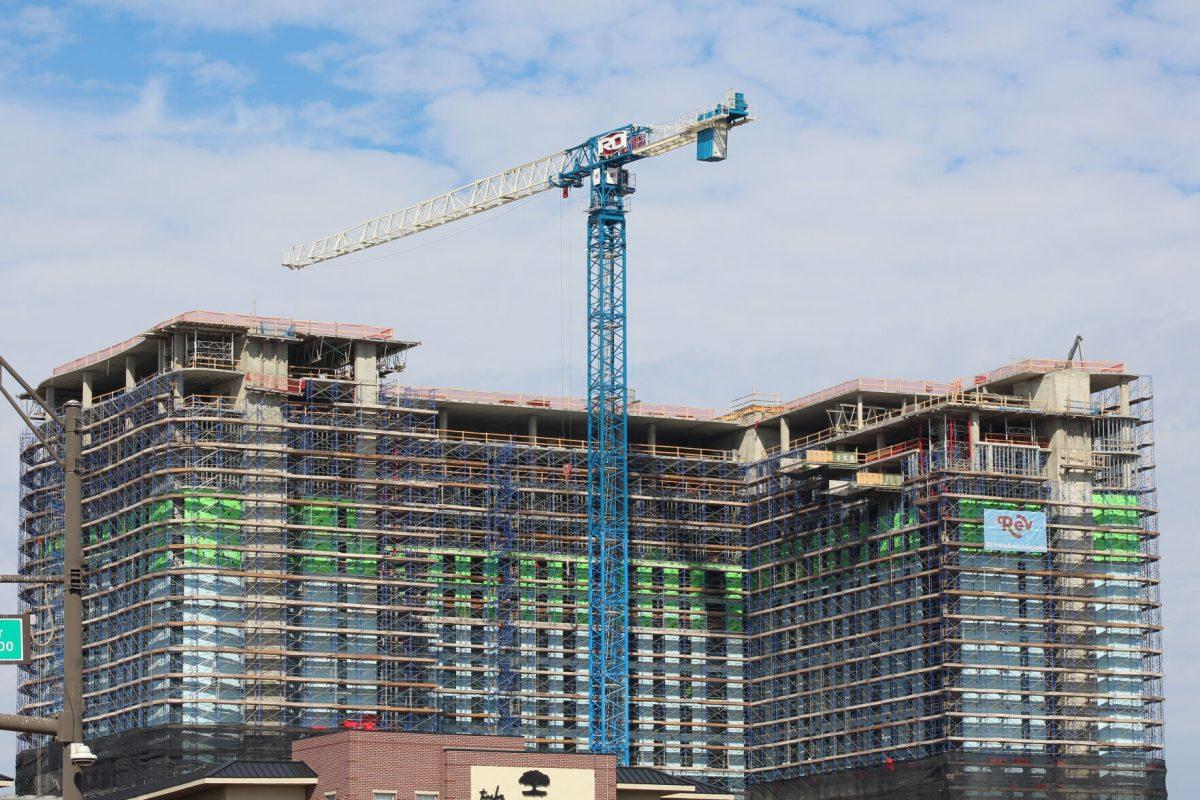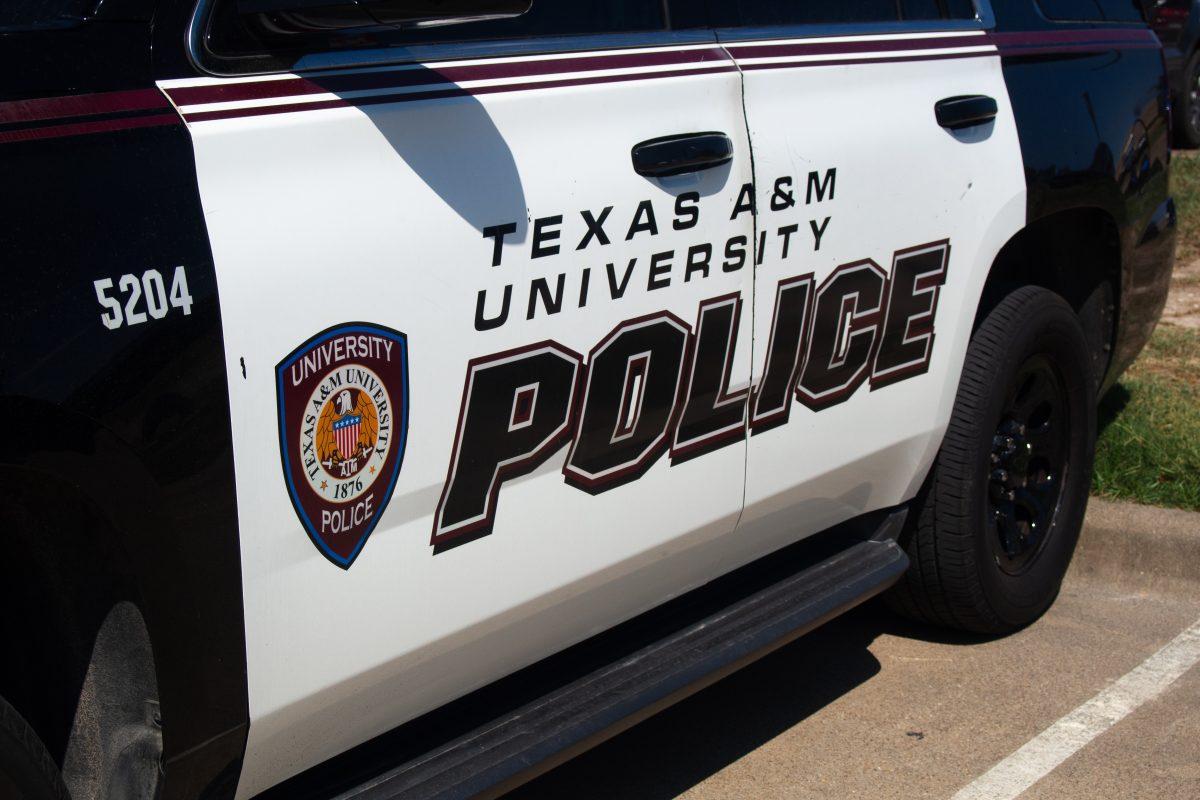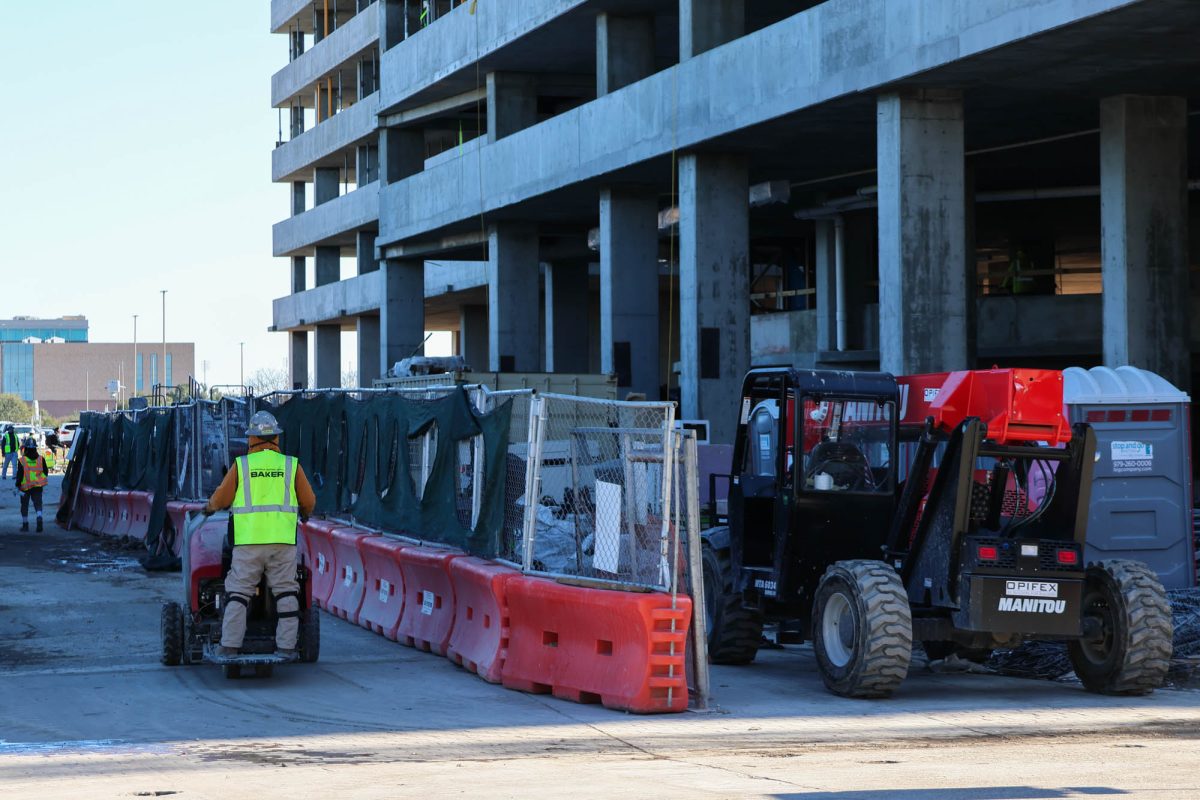The College Station City Council approved a new housing plan last month aimed at addressing the city’s ever-increasing population and housing demand — especially among college students.
The Housing Action Plan has two goals: creating more diverse housing units and incentivizing the production and preservation of affordable housing units in the Bryan-College Station area.
David Brower, a city community development analyst and staff liaison for the Housing Action Plan Steering Committee, said the ideas stem from a 10-year-long plan aimed at improving the Bryan-College Station area.
“In that comprehensive plan, there are four separate action items, so this housing action plan at its core is an attempt to flesh out those action items and say, ‘How are we going to do that?’” Brower said.
Brower said the plan was under development while housing became a difficult market in the area. The report said that in 2023, the median sales price for a home not newly constructed was $389,000 — a “price that is out of reach for most middle-income families.” Roughly 58% of renters and 18% of homeowners spend more than 30% of their monthly income on housing costs.
“To purchase a home, rents have all just risen astronomically, and incomes have not kept up,” Brower said. “Now we need to think through and coordinate efforts to address this issue.”
Environmental studies senior Luke Morrison, an off-campus senator and chairman of the Finance Committee for Texas A&M’s Student Senate, said housing in College Station is complex, frustrating and — at times — discriminatory.
While the city’s new initiative seeks to address various root causes of the housing crisis, Morrison said his biggest concern is with city ordinances, specifically the “no-more-than-four” ordinance making it a criminal violation if more than four unrelated individuals live in a single-family home.
“I think students, because of no-more-than-four and just the constraints on the housing supply in college and, more importantly, the affordable housing supply, struggle to find affordable housing that meets their needs,” Morrison said.
The issue has faced pushback in the past, especially within the Student Government Association. Student senators claim that ending the rule would allow more students to live in houses, alleviating the city’s housing crisis. City government members claim the ordinance stops houses of large groups of students from disturbing local residents.
The city had multiple avenues of feedback when constructing the new initiative, Brower said, such as in-person and online surveys for students and community members.
“I’ll just say that there was lots of good, constructive dialogue,” Brower said. “Our surveys had lots of responses. What everybody agreed on was that housing was getting cost prohibitive and really expensive and that we’ve got lots of single-family homes, multi-family homes, but we don’t have a lot in between.”
From the surveys, Brower said the feedback they received from college students was consistent and largely revolved around affordability.
“A lot of it just sort of came down to, ‘Things are getting expensive, and I’m just so stressed and how affordability is the top priority for me,’” Brower said.
Morrison said college students are concerned not only with affordability but also about finding a place to live.
“The price of not just attending A&M and tuition is going up, but also, more importantly, all the externalities associated with rising inflation, increasing food costs and increasing housing costs,” Morrison said. “It becomes a struggle to find affordable housing that also meets the needs of college students.”
Brower said the concern is not only coming from the college students but also city residents.
“We talked with lots of people, and the problem is we have a supply problem,” Brower said. “There’s more people needing housing … Our strategies include selectively allowing and encouraging increased density. Look at our current ordinances, look at rezone areas and create a process for expedited permitting for affordable housing development.”
Morrison said that rather than considering college students as separate from other residents, the city needs to recognize students as community members.
“Recognizing A&M is the reason College Station exists, and the contributions of A&M students to the community that make it the thriving and wonderful place I enjoy living in is the most important part,” Morrison said.
Brower said the city has already begun this process and has even more plans to use its position to help with development.
“The plan will look at areas to increase density, which will directly impact college students because there’ll be more availability and more supply,” Brower said. “But it will also help create affordable units. The city’s proactively reacting through middle housing and looking where increased density can go.”
Morrison said goal No. 1 of the plan focuses on creating and incentivizing more housing units and diverse housing types.
“The city’s proposals for that are to restrictively zone various parts of the cities,” Morrison said. “The easiest way for more diverse housing types to happen is organically through college students choosing to live closer to the university and residents who don’t want to live near students living further away in South College Station.”
Since the plan was only recently approved by the City Council, Brower said it will take some time to see results.
“This isn’t going to be for a college student,” Brower said. “This isn’t going to automatically be like a completely different housing market because it takes longer than a semester or two to build housing.”
Editor’s note: A previous version of this story claimed that the ‘no-more-than-four’ ordinance would affect apartments. It has since been updated to reflect appropriate jurisdiction.
















